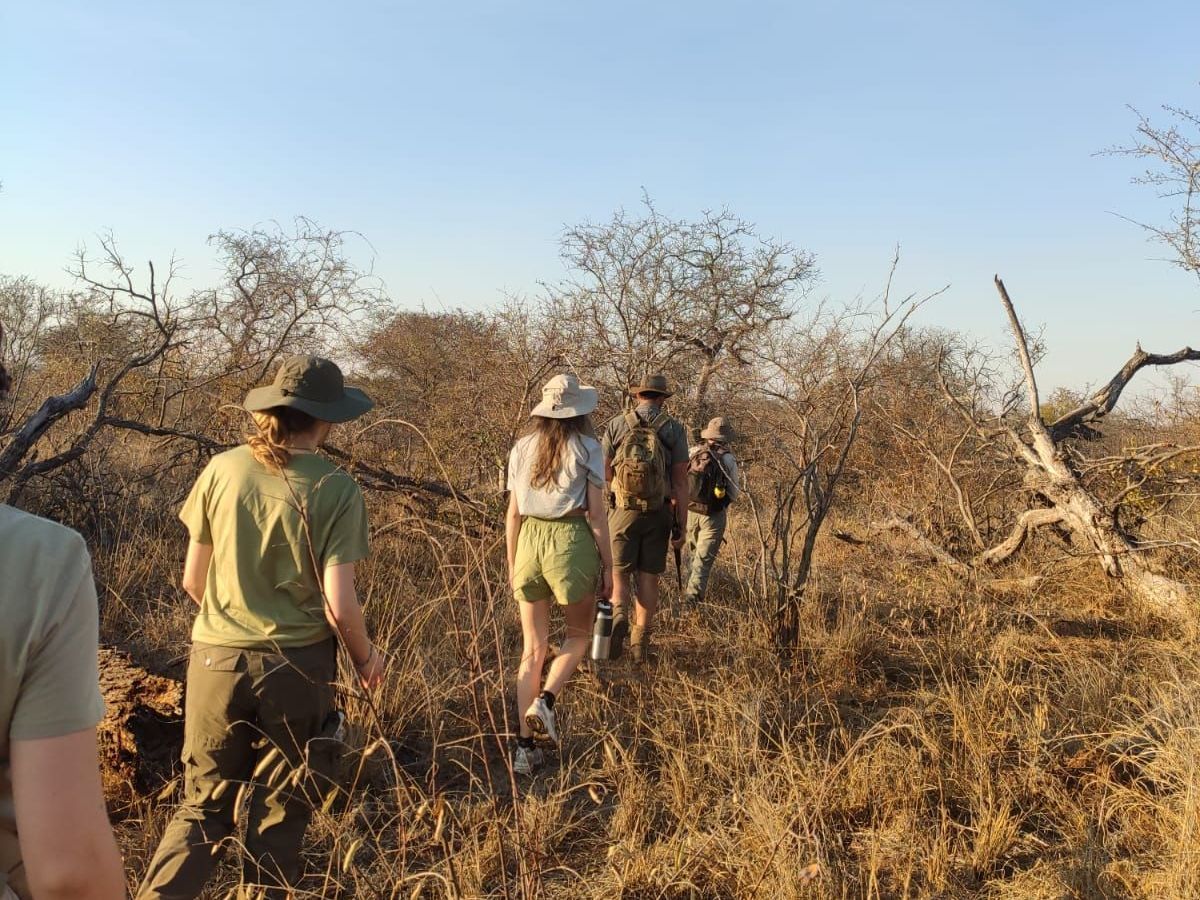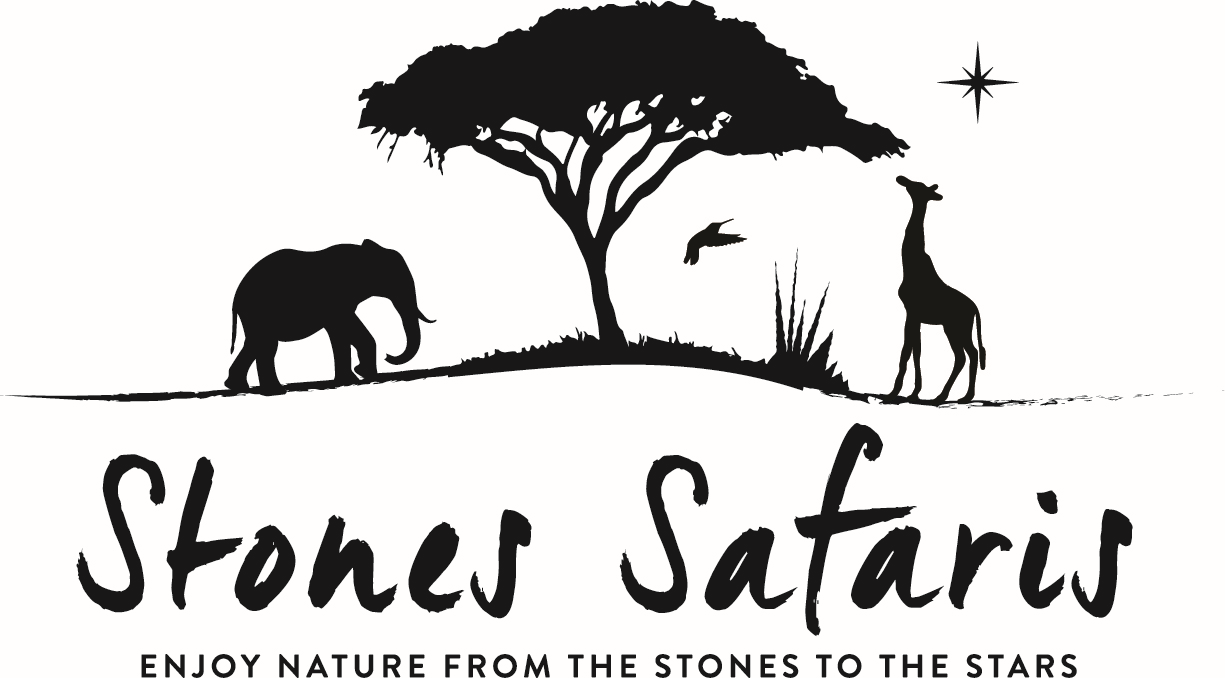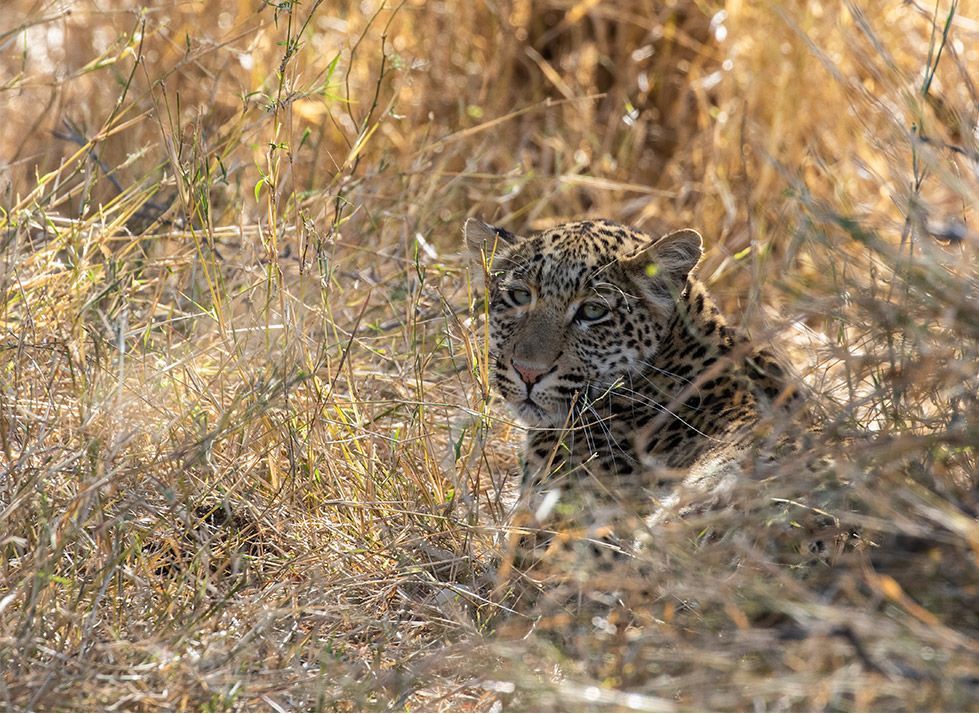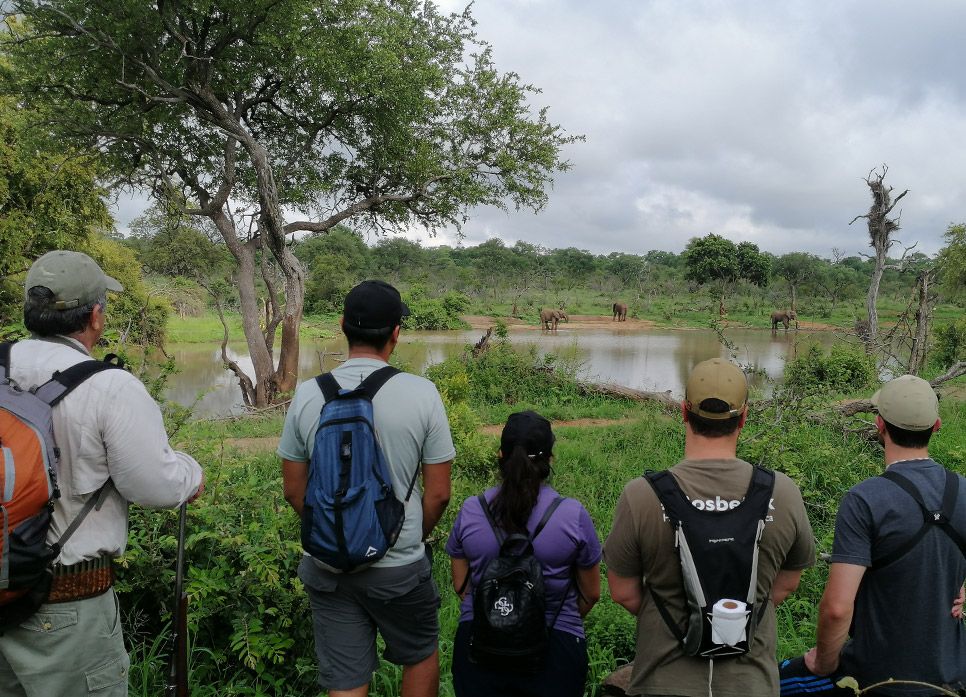Deep in the Wild: What Makes a Bush Experience Immersive in Kruger

From the Stones to the Stars
When you think of a safari in Kruger, the first image that comes to mind might be a game drive, spotting the Big Five from the comfort of a vehicle. But there’s another way to experience Africa’s wilderness, one that slows everything down and deepens your connection with nature: the immersive walking safari.
At Stones Safaris, our Ultimate Bush Experience isn’t just about seeing wildlife, it’s about feeling the rhythm of the bush, breathing in its scents, and tuning into its quiet, powerful presence. Whether it’s a Kruger overnight wilderness trail or a slow-paced
bush walk, you’re invited to move at nature’s speed.

Key Mentions Before You Step into the Bush
- Immersion heightens awareness: A walking safari opens your senses to details you might miss in a vehicle.
- It’s about connection, not distance: You might cover fewer kilometers, but the experience is far richer.
- Safety meets authenticity: Guided by experts, you can explore on foot while respecting wildlife’s natural space.
- The bush has its own rhythm: Dawn and dusk become your markers; stillness becomes part of the adventure.
- Choosing the right safari matters: Your comfort, curiosity, and adventure level determine the best balance between walking and driving.
The Philosophy of Immersive Safari Travel
An immersive safari is built on the idea that nature reveals itself when we slow down. It’s not about racing to tick off species, it’s about observing animal behavior, reading tracks, and understanding ecosystems. This approach fosters a deeper appreciation for the environment and makes each sighting feel personal.
Walking vs Driving: Sensory Differences
On a game drive, your eyes do most of the work. On foot, all your senses awaken. The subtle rustle of grass, the faint scent of wild basil, the call of a hornbill, these experiences anchor you in the moment.
For a detailed comparison, explore our guide: The Ultimate Guide to Walking Safaris in Kruger: Trails, Tips & Wildlife Encounters.
What Wildlife and Ecology You Actually Notice
On a walking safari, you notice more than the Big Five. You see antlion traps in the sand, hear the alarm call of a squirrel, and identify medicinal plants used for generations. These moments create an intimate relationship with the bush that’s impossible to replicate from a vehicle.
The Rhythm of the Bush: Dawn, Dusk, Stillness
Life in the bush follows the sun. Dawn brings crisp air and fresh tracks to follow. Dusk is a time of dramatic skies and the stirrings of nocturnal life. And in between? Stillness, broken only by the sounds of nature.
Choosing the Right Safari Experience for You
The ideal safari blends comfort, adventure, and your personal interests. Some travelers prefer the adrenaline of wildlife encounters on foot, while others enjoy the range and speed of a vehicle. Stones Safaris offers tailored itineraries so you can enjoy walking safaris, game drives, or both. Browse our full range here: Safari Tours & Experiences.
Enquiry Form
Frequently Asked Questions
What does “bush experience” really mean?
It’s a safari style focused on being fully present in nature, often through walking, small groups, and immersive observation.
What's the main difference between walking and driving safaris?
Walking safaris engage all your senses and slow the pace, while game drives cover more ground and offer faster access to sightings.
Will I still see big games if I walk more than drive?
Yes, while sightings can be less frequent, encounters are often more thrilling and memorable.
How does an immersive safari affect wildlife behavior?
By keeping a respectful distance and moving quietly, animals remain relaxed and behave naturally.
When is the best time for a walking safari in Kruger?
The dry winter months (May–September) are ideal, with cooler temperatures and easier wildlife spotting.







